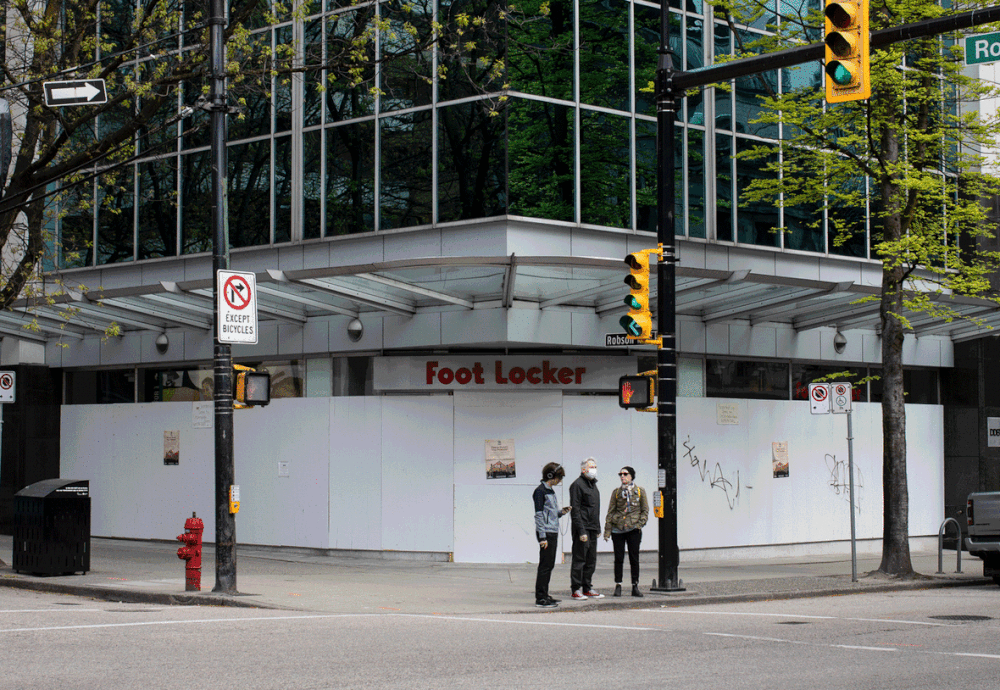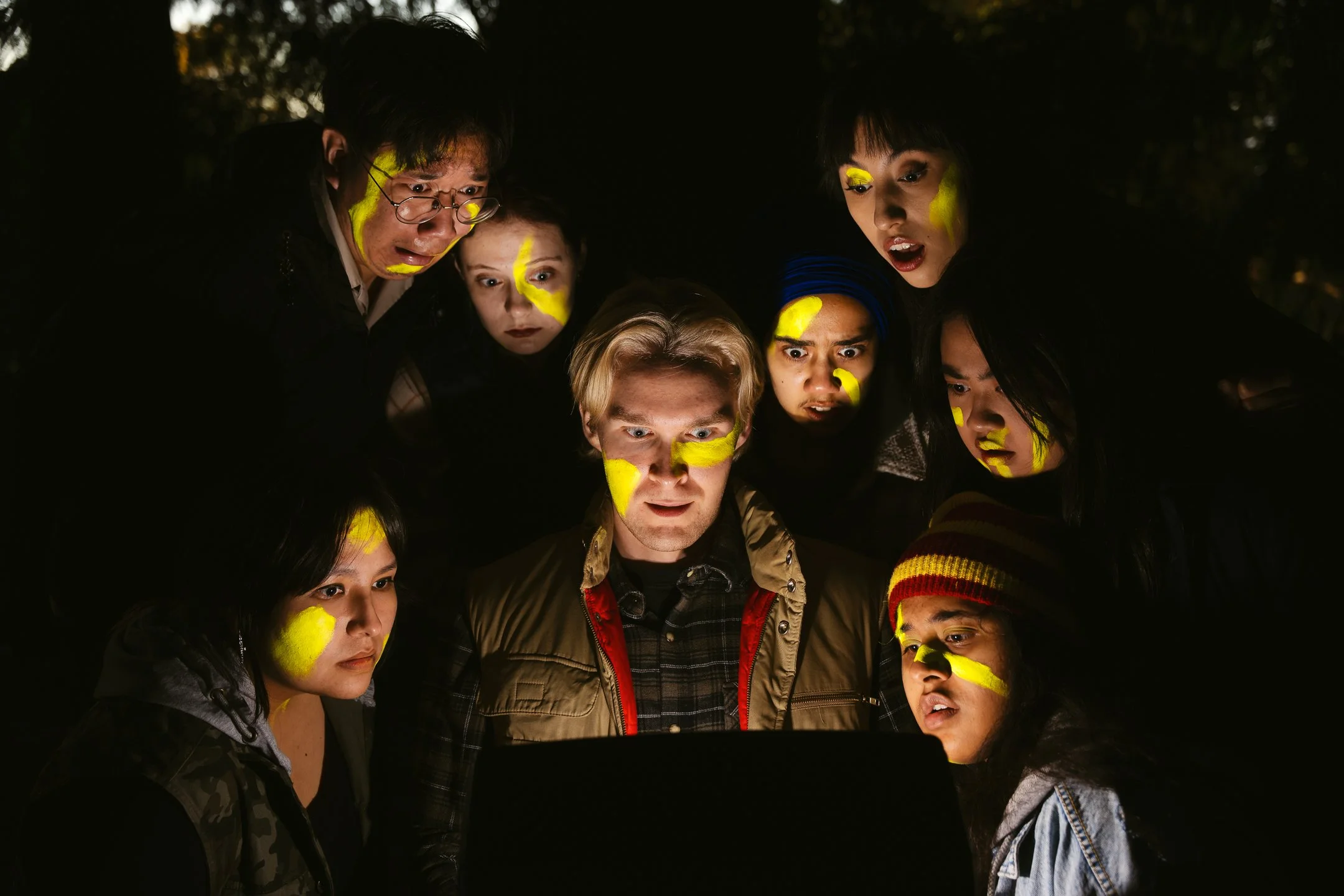Vancouver's historic pop-up murals show the positive possibilities of rule-bending
/Sixty-five temporary murals, designed to inspire hope at the height of Vancouver’s COVID-19 restrictions, have made a lasting impression on the organizers and artists involved.
Necessity, in the form of hoarding, was the mother of Vancouver Mural Festival’s (VMF) #MAKEARTWHILEAPART. The expedited street art project rebranded boarded-up storefronts, with costs supplemented by the City of Vancouver, three Business Improvement Associations (BIAs), VanCity and various property owners.
Artist: Will Phillips @sketchbork
VMF Lead Curator Drew Young says the project saw a process that would normally take months pared-down to two weeks, allowing artists to transform Vancouver’s plywood jungle into a month-long mural exhibition.
“This is a big historical piece for Vancouver, and specifically emerging and alternative artists,” says Young. “You’re likely not going to find anyone in the next few years at Granville and Georgia, painting so frivolously, without any accostment from police or security guards, or having to face rigid protocol for production and onsite access.”
Young believes BIA’s will feel empowered to initiate more of these projects in the future, after launching such a successful project essentially overnight.
Downtown Vancouver BIA President Charles Gauthier says he’s learned a lot of lessons from the initiative.
“Why are we expediting projects like this, that deliver so much value, only during a crisis? This sense of urgency should be weaved into what we do each and every day post pandemic.” says Gauthier. “Imagine how much we would accomplish, if we made every day count.”
Jason McCrea art (GIF by Maggie MacPherson/CBC)
The power of unity is what inspired Jason McCrea to paint the words “We have never been closer” on the massive canvas at Robson and Hornby streets, where Footlocker has re-opened for business.
“People want to feel connected,” says McCrea, who was overwhelmed by the amount of gratitude he received from passer-bys during the six-day long project.
“It made me see that I was choosing the right direction in being an artist, because if people need me in a time like this, then that’s a really good thing,” says McCrea, who was among the first round of artists VMF reached out to for this project.
“It gave me a huge boost of energy to keep making art and not worry about how I’m going to make money. Just make good art and something will come, things always come.”
With so many artists and funders involved, the organizers have to sort through lots of logistics while finding each mural a new home. For 20-year-old Atheana Picha, a Coast Salish artist who is one of VMF’s youngest contributors, it was exciting to learn that two major institutions were vying for her frog-filled mural.
Atheana Picha artwork
“I had the Museum of Vancouver email me and ask ‘Hey, we’re really interested in your mural, do you know where it is?’ Picha says, laughing as she recalls having no clue what they were talking about. When she emailed VMF, they told her it had already been picked up by Habitat for Humanity.
“I’m really happy to hear it’s going towards houses,” says Picha.
#MAKEARTWHILEAPART demonstrated that successful outcomes are possible when certain rules are suspended. Though the pop-up project came with guidelines, as artists were required to express positivity and avoid politics, the respite from the news cycle was obviously welcome. Unlike the boards before them, which were tagged with graffiti, not a single mural was vandalized in 3.5 weeks. In the same timeline, racist graffiti has surged elsewhere in the city. Maybe art is a tool Vancouver can start using more to tackle hate and curate community.








